Oboe Facts
10 Interesting Facts About The Oboe
In today’s orchestra, violins, cellos, and trumpets often take the spotlight. But don’t overlook the oboe. It might not steal the show, but it plays a vital part in the music world.
Here are several facts that make it so. Read on to know more about this instrument that was once called “an undernourished Clarinet.”
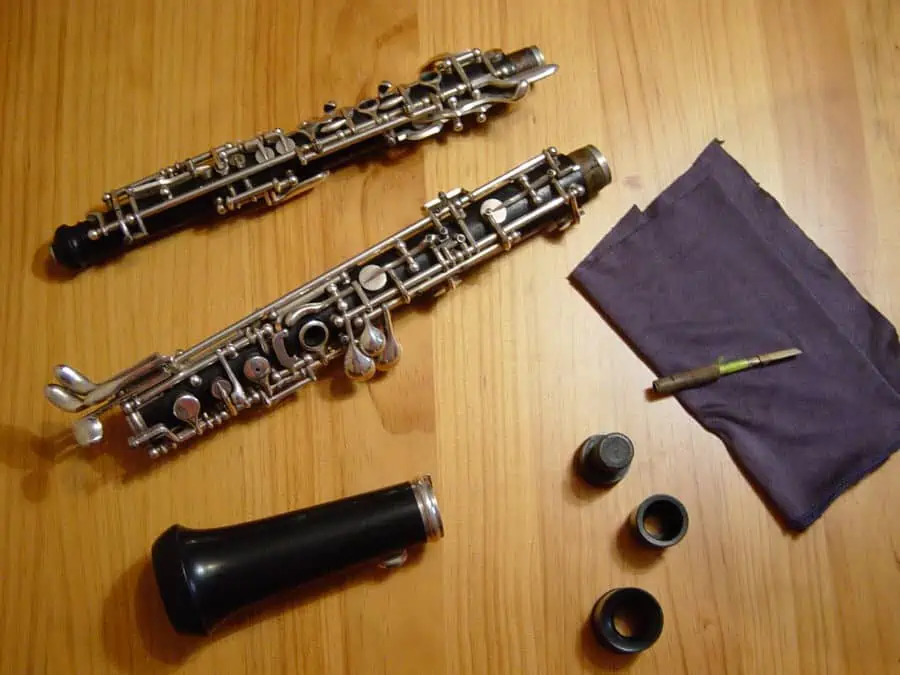
1. The Oboe is extremely temperamental, meaning you have to care for it like a madman!
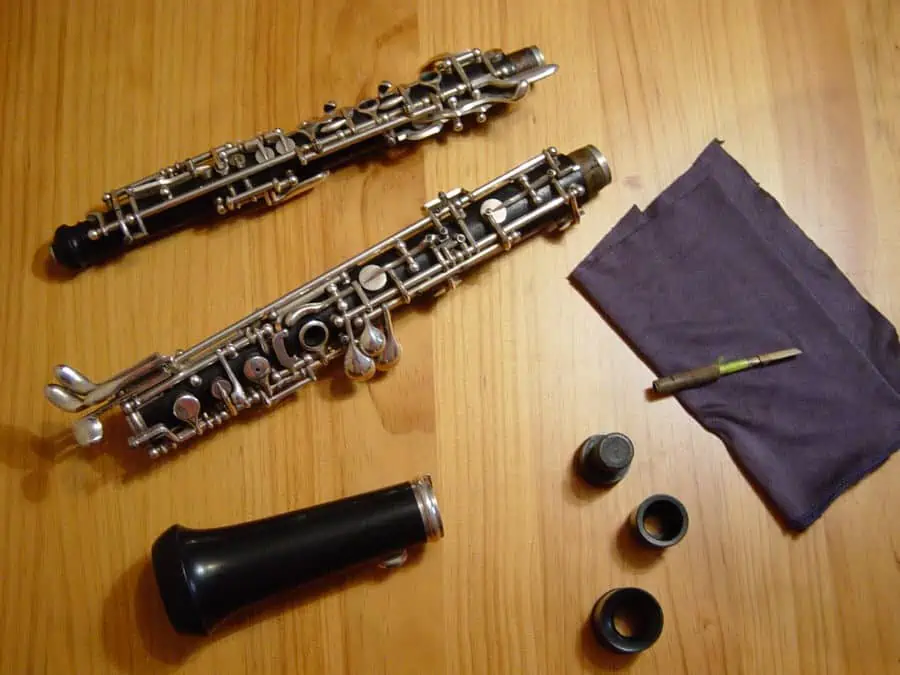
Every Oboist out there will know that their instrument is extremely finicky. It can be easily knocked out of tune by the slightest bump, temperature spike, or a buildup of moisture.
Therefore, if you want to learn how to play the Oboe you must have endless patience to care for it first, or it will drive you nuts.
2. Its actual age and date of “birth” is a moot point for historians
Many experts, despite their years of knowledge and experience, can’t really agree on the origins of the Oboe. Some say that it wasn’t invented until the 1600s, which is relatively recent. Others say that it descended from an instrument called the shawm, which traces its roots as far back as 4800 years ago.
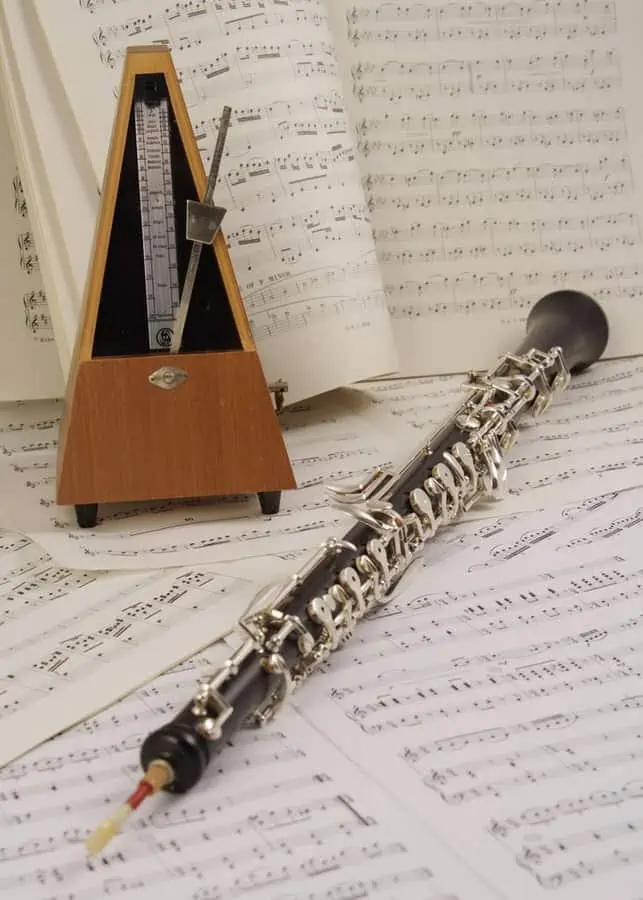
3. Its name comes from a rather humorous French word
The word “Oboe” comes from the French “hautbois”which means either “high wood” or “loud wood.” The latter might make more sense in this case, because if the Oboe isn’t cared for enough, it produces a loud, unpleasant sound that some professional Oboists claim mimics that of a “really sick duck.” But the Oboe itself is really a loud instrument in nature.
4. Several of history’s greatest composers wrote a lot of material for the Oboe
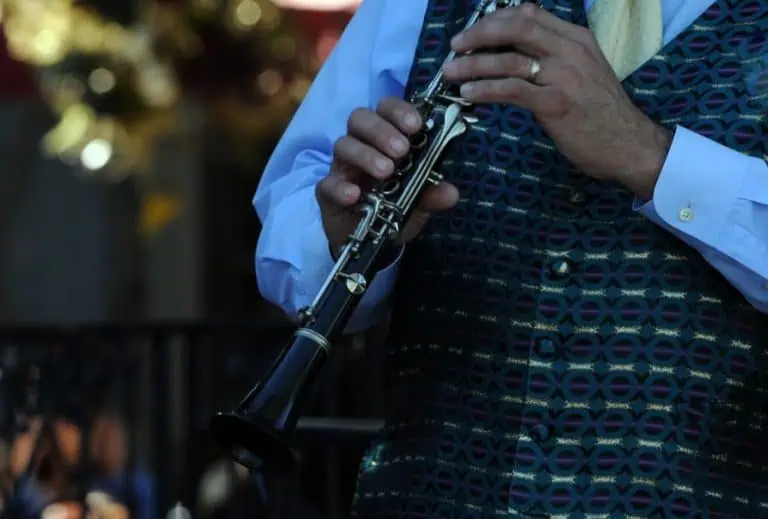
This includes Mozart, Beethoven, Bach, Wagner, and Stravinsky to name a few. Among the most famous of these is Bach’s Brandenburg Concertos 1 and 2. Mozart’s Oboe Concerto in C Major is another masterpiece worth mentioning.
5. Many Oboists make their own reeds
The Oboe is one of a few reeded woodwind instruments that allows players the opportunity to craft their own reeds. In fact, it’s not uncommon to see the most skilled and experienced Oboists spend more hours perfecting their reeds than actually practising!
6. It served as a military band instrument until the invention of the Clarinet
Military bands still exist today, but back then, they did more than just play music to an adoring audience: they played in battlefields! This is where the Oboe’s piercing, loud tones shone, because it could easily be heard by the troops. But when the Clarinet came, the Oboe lost its place.
7. An adequately skilled Oboist can play really, really fast
Say what you want about how hard the Oboe is to handle. But if you have the skills, you can do amazing things with it. For instance, the fastest Oboist in the world can play at a blistering 15 notes per second. The piece the Oboist played was the equally blazing Flight of the Bumblebee, which he finished in 26.1 seconds.
8. There are Some Less Well-Known Members of the Oboe Family
The Oboe family is quite a big one, and some of its members are considered unusual and hardly ever seen. One of these is the so-called Oboe d’Amore (“Oboe of Love”) which was popular during the Baroque and Classical periods. It has a bell shaped like a pear.
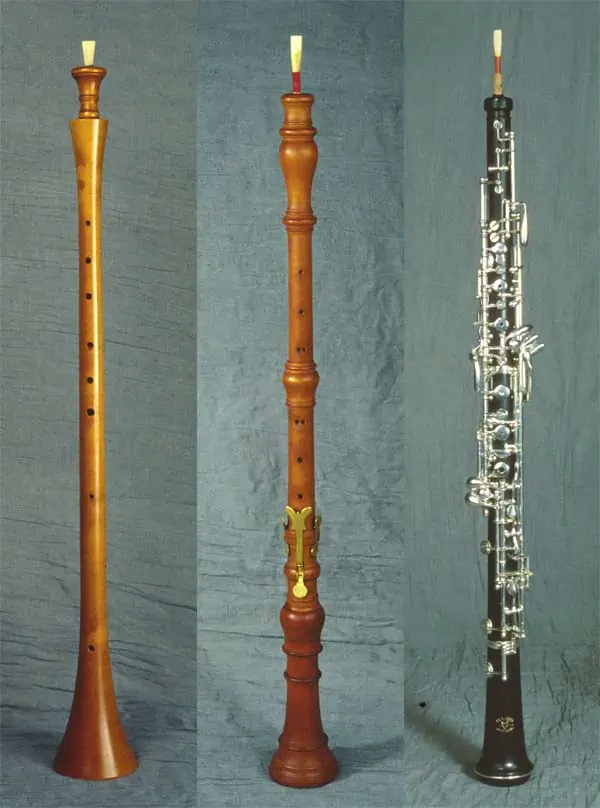
9. Early Oboes were very simple
That didn’t mean they were easier to play than the modern ones, however. But the truth stands: the earlier designs only featured a mere two or three keys. This actually made it harder to play the likes of semitones, until the invention of Oboes with more keys at the end of the 18th Century.
10. We use the French style Oboe today because of something a composer said in the past
The Oboe was predominantly offered in two different styles back in the day: German and French. But when famous German composer Richard Strauss went public with his preference for the French Oboe, the popularity of the instrument skyrocketed.
That's the end of our Oboe Facts... So what now?
About the Author
Katie Bennington
She is a Masters graduate of the Guildhall School of Music and Drama where she studied oboe with Richard Simpson, Gordon Hunt and David Walter, and cor anglais with Jane Marshall. She then went on to take part in the LPO's Foyle Future Firsts Scheme and in 2010 was a member of Southbank Sinfonia. She was a British Double Reed Society prize winner at the Barbirolli International Oboe Festival and Competition in 2009. At GSMD she was a Needlemaker’s Woodwind Prize Finalist in 2008, and in Dec 2007 she won the Slaughter and May Musician of the Year Award. She plays on a Sound Alchemy Enigma oboe and a Loree Royal cor anglais.
Who Can Provide You With The Best Recommendation?
Your search is over! The Founder of Ted’s List, Robert Emery, has a busy career as an international conductor, record producer and pianist. Our objective isn’t to sell you pricey training courses that you’ll never take advantage of. Our aim is to assist you. Exactly like Robert wanted to guide his son, Teddy, by obtaining genuine assistance from friends who are actually world-class professional musicians.
Alarming basic fact coming up: I bet you didn’t realize that there is absolutely no requirement for your instrumental instructor to have been professionally educated. But surely they need some sort of qualification in order to take peoples money? Not at all.. If you wished to, you could turn around tomorrow and call yourself a music teacher! Nuts isn’t it…
You wouldn’t believe how many woodwind teachers who don’t know the difference between double reeds and single reeds! As a result of all this madness, we try to be a safe and secure pair of hands – shedding light with trustworthy, well researched reviews and advice from fully skilled, amazing expert musicians. Several of whom you’ll even recognise; or even seen in live performance!
Get the 4 Things I Think Are Exciting – Every Friday
4-Feature Friday does precisely what it says on the tin; sends an email every Friday with four of the most awesome things I’ve found that week.
It might contain exclusive special gifts or chances to interact with me personally, instruments, ebooks, products, songs, innovative techniques/tricks, and — needless to say — all kinds of exciting musical things I dig up from around the world.
Have access now by simply clicking below…
Read the next post in this series:




